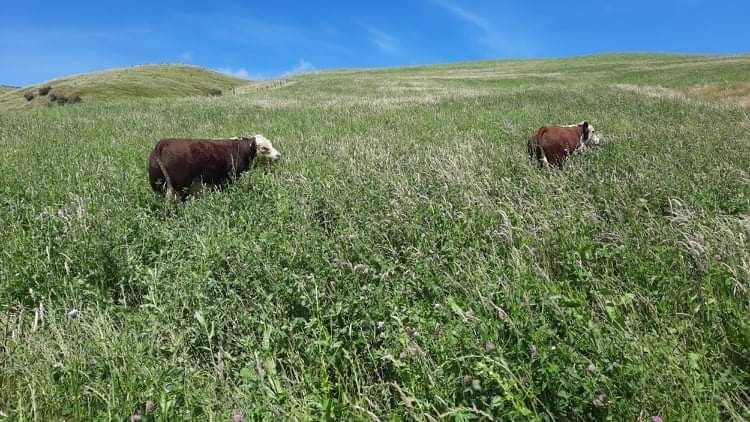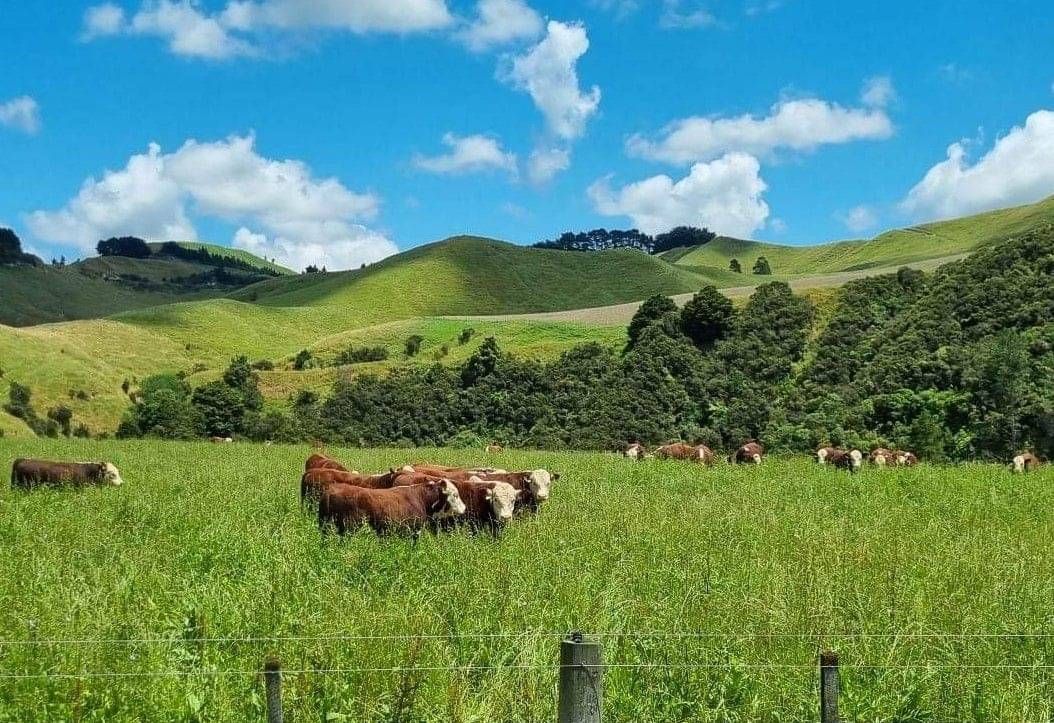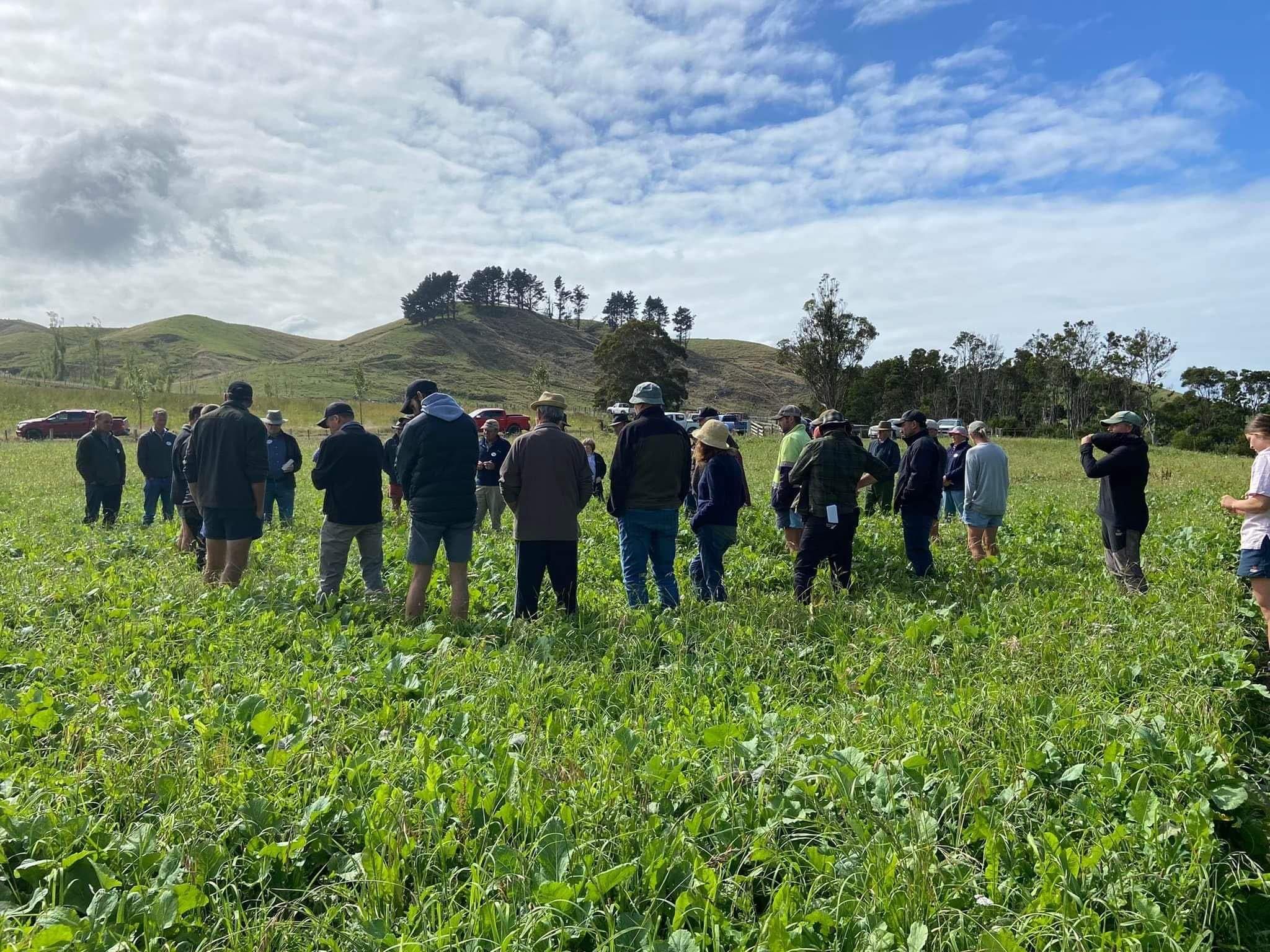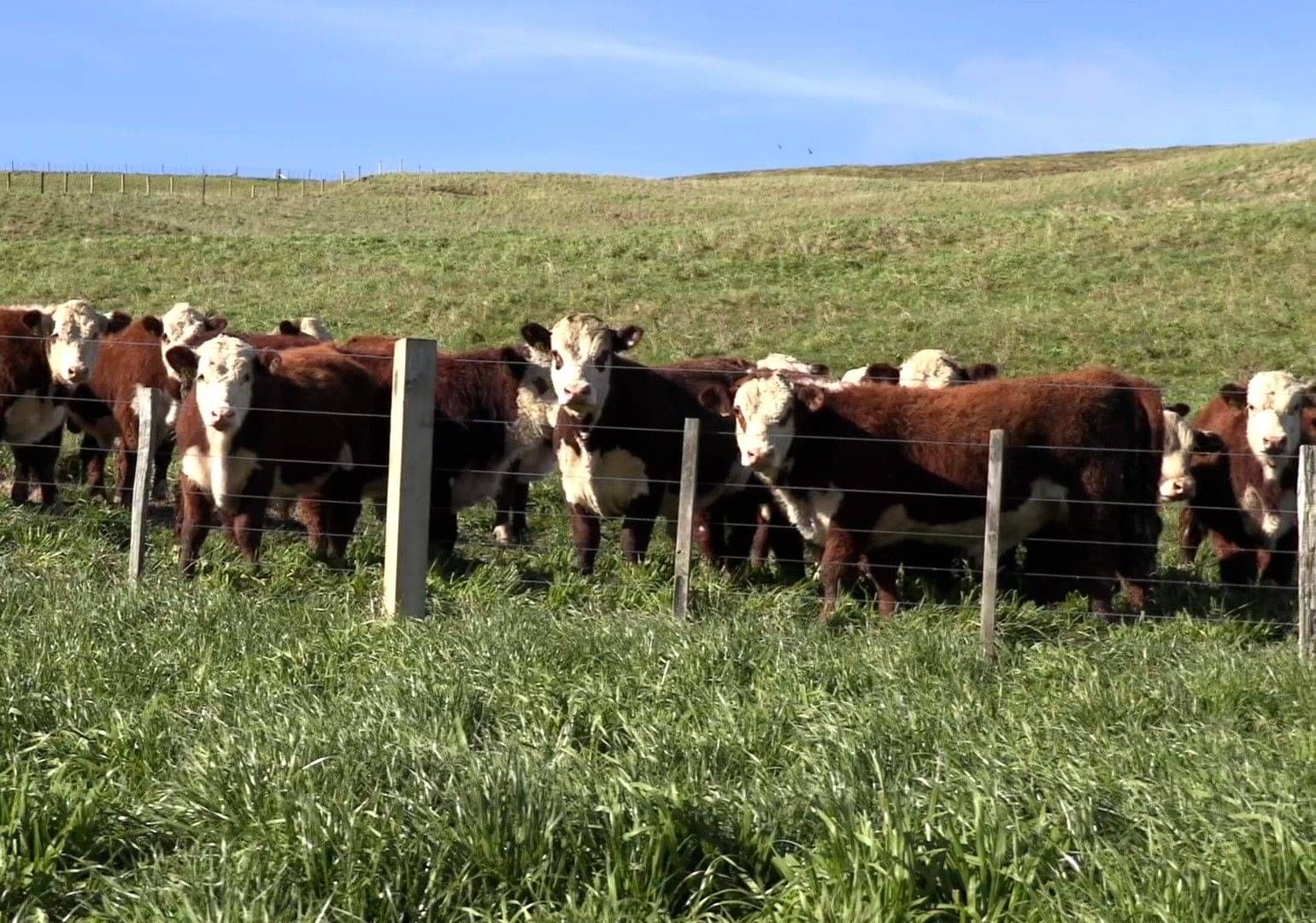
Winter Newsletter 2023
What a year NZ has had so far with all the weather events! We hope you are all faring okay and that you haven't suffered too much damage over the last few months. It would be nice to think that we'll all get a settled Winter and Spring. Here at Qlabs we are just coming to the end of bulk DM testing for local contractors. The lab is also busy processing soils for autumn and/or spring fertiliser recommendations, have you tested yet?
On March 17, an Open Day was held on Bruce & Chrissina Donald's Weber farm. The day started with morning tea then a quick chat before heading off on the farm tour. Bruce planted the first paddock of Qlabs 1886 diverse pasture mix in November 2019and has planted more in subsequent years, they now have 5 blocks established. It was very interesting to look at the diverse pastures at their various ages and see how they were performing over the years. After the tour we had lunch and then settled down for some very interesting discussions. The day ended with an informal chat. We are planning on holding more Open Days in the future so keep your eyes peeled for updates. If you would like to watch some of the content of the day, click on the links below.
https://youtu.be/5pCAimjyT0A
https://youtu.be/cYbPgRp1LlM
https://youtu.be/Y5ylxjqv4hM
https://youtu.be/L1AMYlBm0uw



Out and about with Ray
You can be sure of one thing in agriculture, no two years will ever be the same and this one has been a doozy.
Here are some figures you may like to pin on your noticeboard:-
1mm of rain = 10,000 litres/Ha
= 10 tonnes/Ha
= 10 cubic meters/Ha
1mm of rain delivers 1.6 kg of plant available Nitrogen, however, a fair amount of this Nitrogen will runoff during downpour events.
For example:-
Cyclone Gabrielle delivered between 250mm and 830mm (up in the hills) in the Hawkes Bay. According to our regional council a 350mm average. 350mm of rain
= 3.5 million litres/Ha
or 3500 tonnes/Ha
We all know how big H trucks are and they can cart 30 tonnes, that rainfall equates to around 117 truckloads per hectare.
Let's take a 400 hectare farm. The farm would have to take delivery of 46,666 truckloads of water for man to achieve what nature sent us over one night!
Cyclones aside, it rained all summer and autumn and so far winter has been just as wet. All this has amounted to a heck of a lot of Nitrogen, hence the abundance of grass growth. What I've heard from many farmers is - for all the grass the animals have eaten they are doing okay but for that amount of grass why aren't they doing a lot better? The answer is simple, you are what you eat. All that Nitrogen has led to high protein, low energy pasture with very low mineral levels. Energy has been the greatest limiting factor.
Selenium deficiency is starting to show up around the country. Selenium is very much dependent on sunshine which we have had very little of.
Last word:- If you want to know grass, you have to learn grass. A little bit of education goes a long way when all your animals do all day is eat grass and are expected to perform from it.
Ray would be keen to set up online interactive meetings to talk grass. If you're interested please let us know.
info@qlabs.co.nz 0800 85 77 33 www.qlabs.co.nz.nz
Some points to consider
Have you: -
• tested your soil ?
• set up for successful lambing and calving?
• learnt from nature? She's a great teacher.
info@qlabs.co.nz 0800 85 77 33 www.qlabs.co.nz.nz


